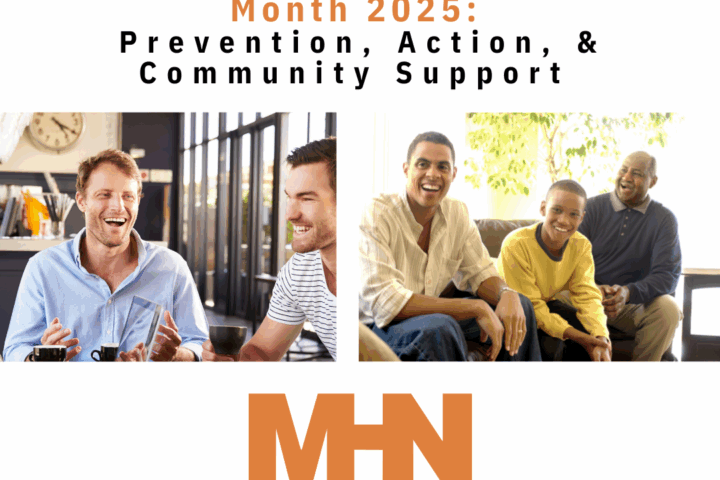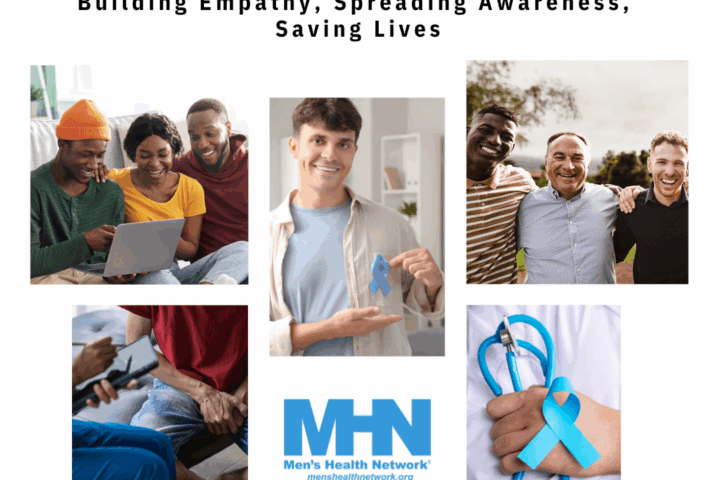Do you know what the second-leading cause of death among American men is? Would it surprise you to learn it’s prostate cancer? It’s true; it’s a disease that kills almost 30,000 men in the U.S. every year. Despite 30,000 American men dying from prostate cancer every year, there is still far too little emphasis placed on the treatment and cure of this cancer.
The popular line of thought is that clinical trials of nascent drugs and treatments are biased toward men—but this is starkly not the case when it comes to prostate cancer. In fact, federal funding for research on breast cancer is over two times what prostate cancer, the comparable male disease, receives. And even on a private level—where industry is driven by where the greatest profit lies—diseases that are associated with women such as breast cancer and ovarian cancer receive much greater funding and attention than male-centric diseases such as testicular cancer or prostate cancer. The burden is comparable—breast cancer versus prostate cancer—in that approximately the same percentage of men versus women get diagnosed with one or the other. But the funding levels are out of kilter; a real disparity still exists.
In 2012, breast cancer received 227 percent more funding than prostate cancer from the National Cancer Institute. But this isn’t about men and women competing for funding—it’s about everyone having the chance for restored health after receiving a life threatening diagnosis. There’s a very valid argument for the idea that helping one type of cancer informs treatments for almost all cancers. The particular distinction is less about who receives funding but more about what kind of research is being funded and how cross-tumor and cross-hormonal profiles will apply across different cancer types. Everyone should be getting funded.
Prostate cancer presents unique issues of disparity among distinct populations which has yet to be researched. For gay and bisexual men, there are the complicating factors related to being both a minority population as well as being underserved by the healthcare industry in the United States, despite the overriding history of HIV and AIDS. The field of gay and lesbian psycho-oncology, which is the study of survivorship for gay and lesbian cancer survivors, has sprung up from the unique issues proved by that disparity—and it’s something that needs more attention.
And then there’s this startling fact: Black men in the U.S. die at more than twice the rate as white men from prostate cancer.
When turning the unfunded matter into percentages of patient dissatisfaction, a recent study conducted by Malecare, suggested that an overwhelming majority of prostate cancer patients felt most concerned about the current research funding for prostate cancer and treatments with a desire to increase the funding. Out of that group, 28% respondents felt there is a need for more accurate prostate cancer tests. Even with support group networks and programs such as Twice as Many and Out with Cancer that help specific groups, the burden of knowing your type of cancer is underfunded only serves as additional stress to the patients battling against sickness.
Unfortunately, the debate around the U.S. healthcare initiative (i.e., Obamacare) has further muddied the waters; it’s diverted the public conversation from the absolute value of healthcare to discussions of its cost. If you look at comparable costs in other realms, healthcare is a bargain. The high cost of treatment opportunities or the high cost of doctor salaries or caregiver salaries or the hospitals seems exorbitant except in the context of what we pay for everything else. A classic comparison is we spend more money for research on abstinence then we do to help men with prostate cancer avoid impotence by a ration of three or four to one. The discussion has been hijacked by people who would like to reduce funding for healthcare to even lower levels and to these emotional arguments that things just cost too much—when, in fact, how do you value a minute of life?
The National Cancer Act of 1971, which signaled the beginning of the U.S. “War on Cancer,” was signed by then President Richard Nixon. After more than 40 years, this could be called the nation’s longest-running war; and we can’t let our defenses—or our men—down on this battlefield.



